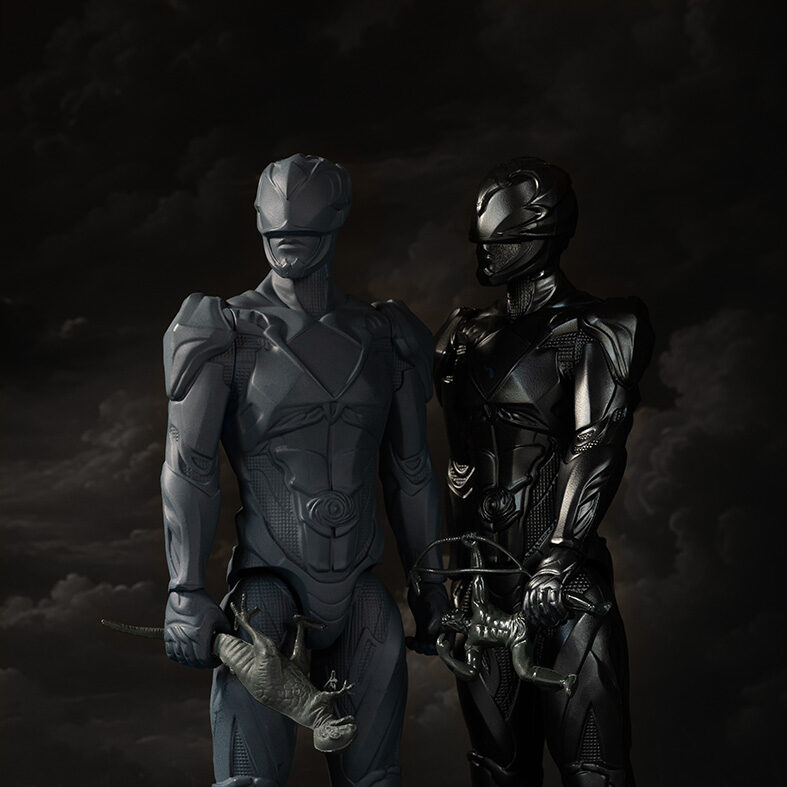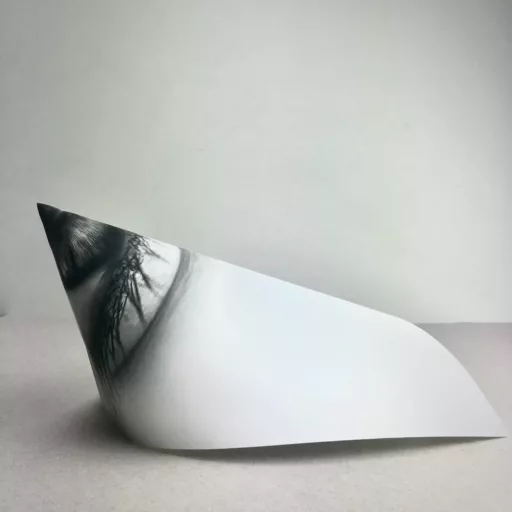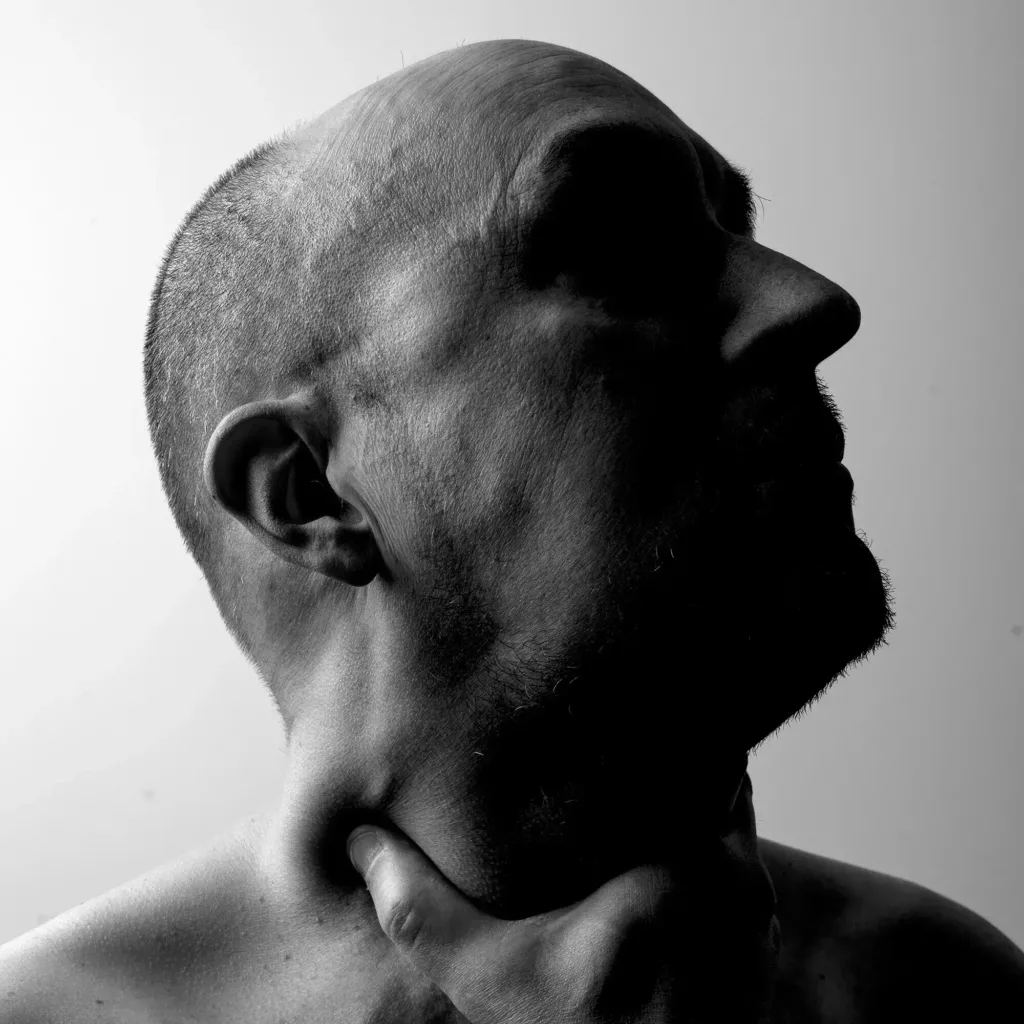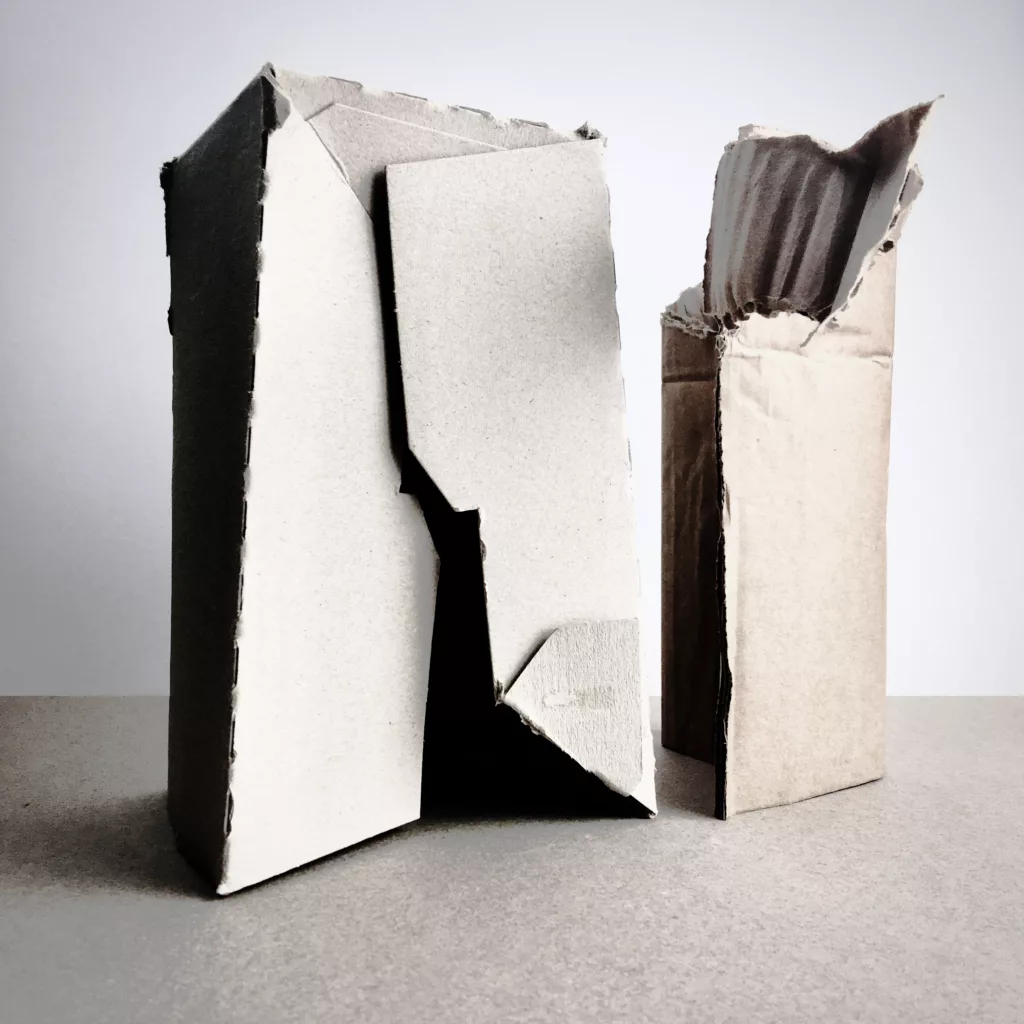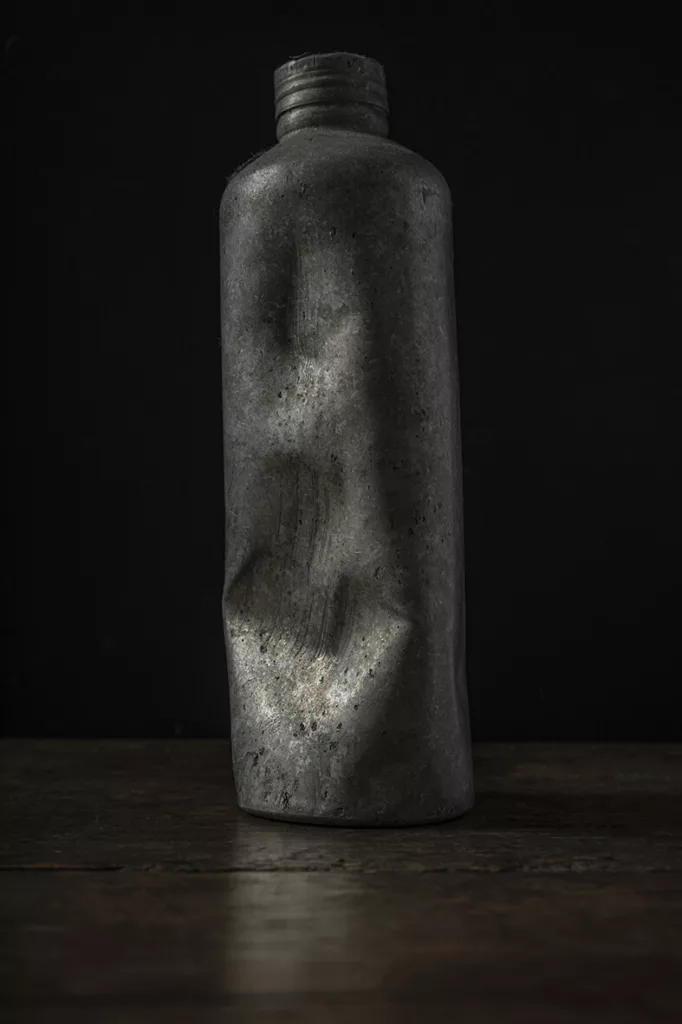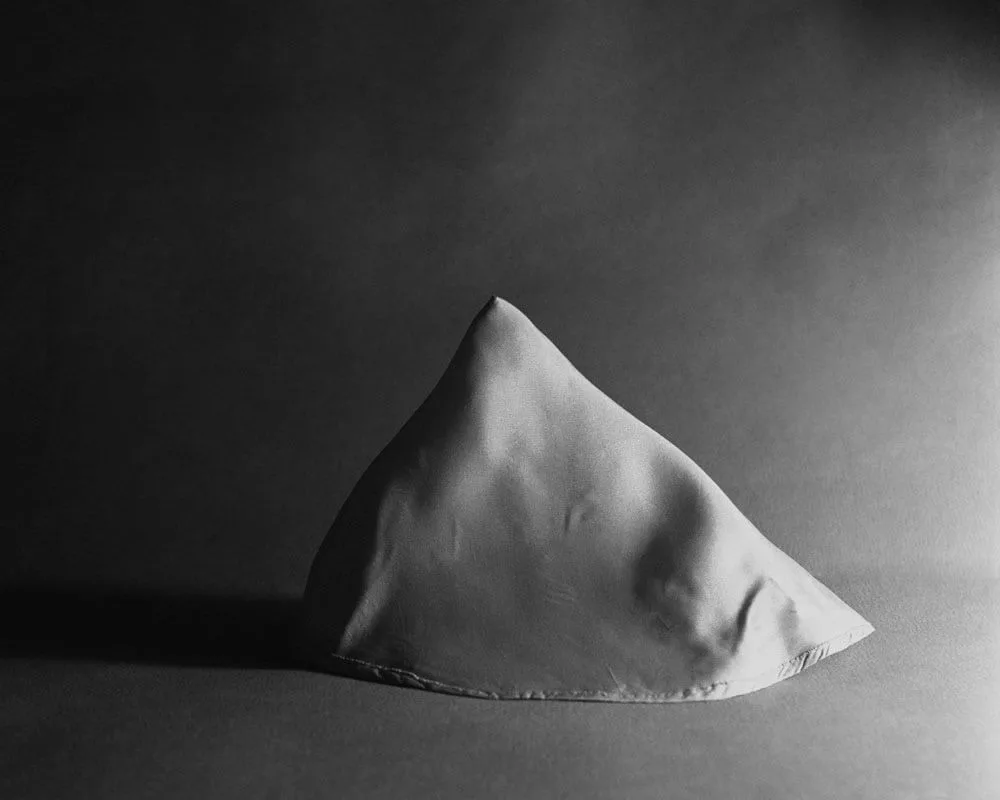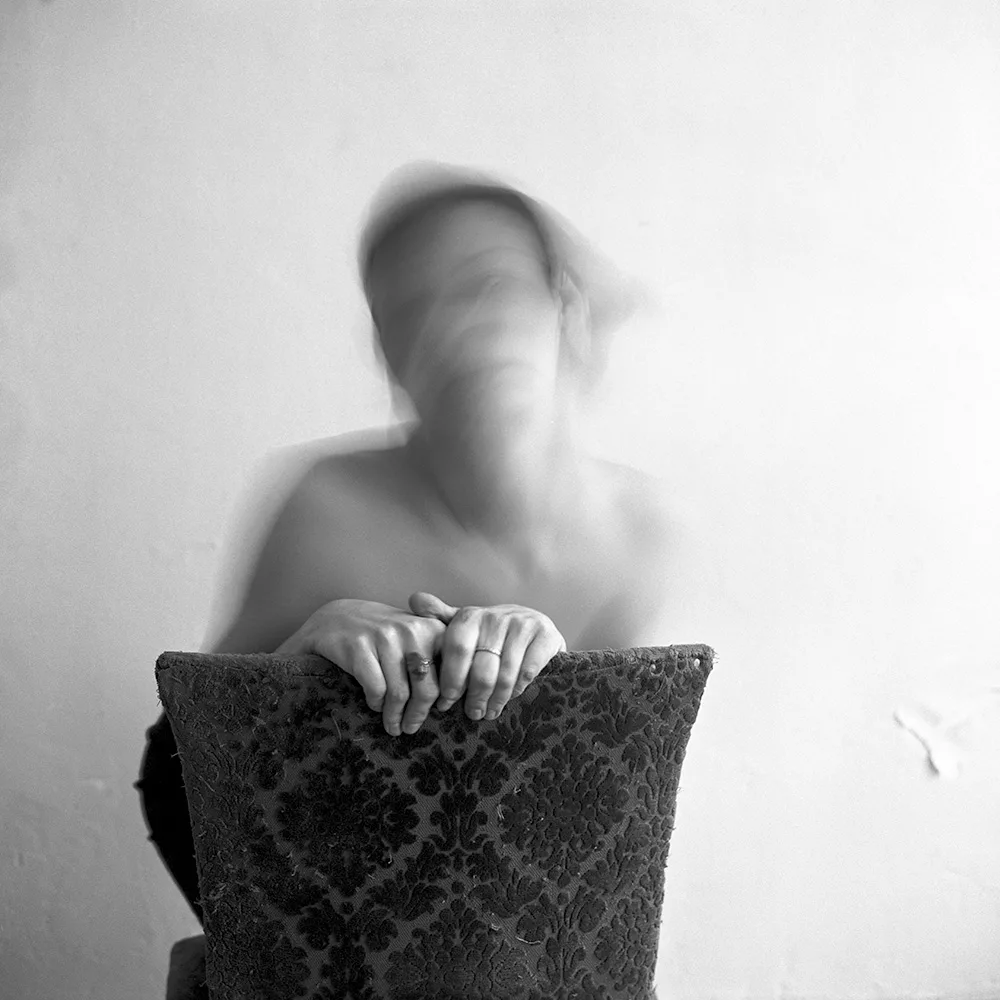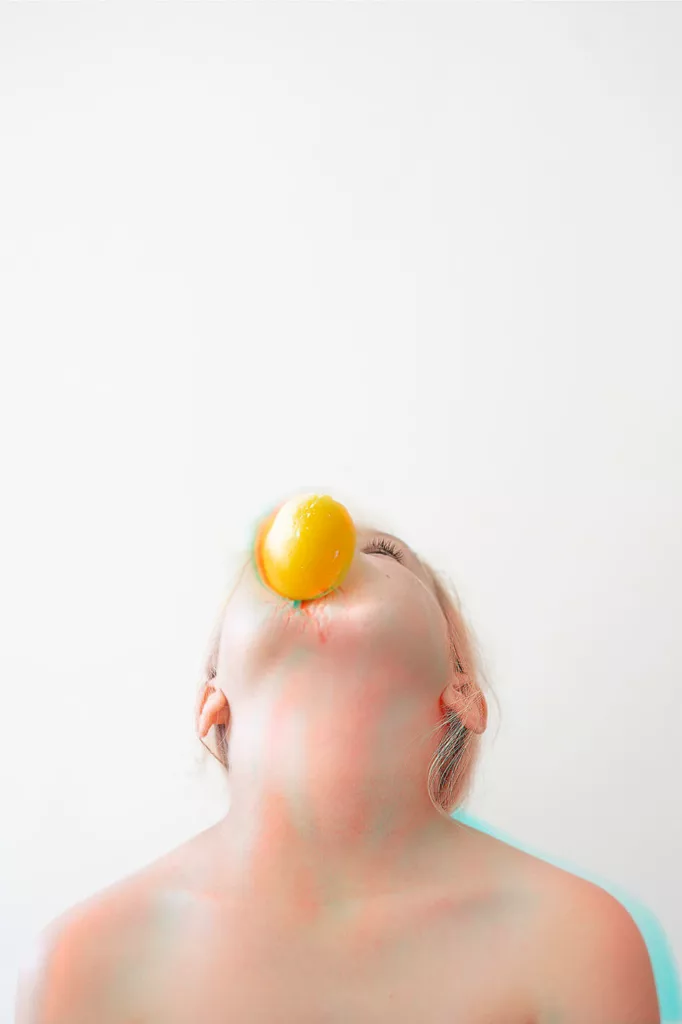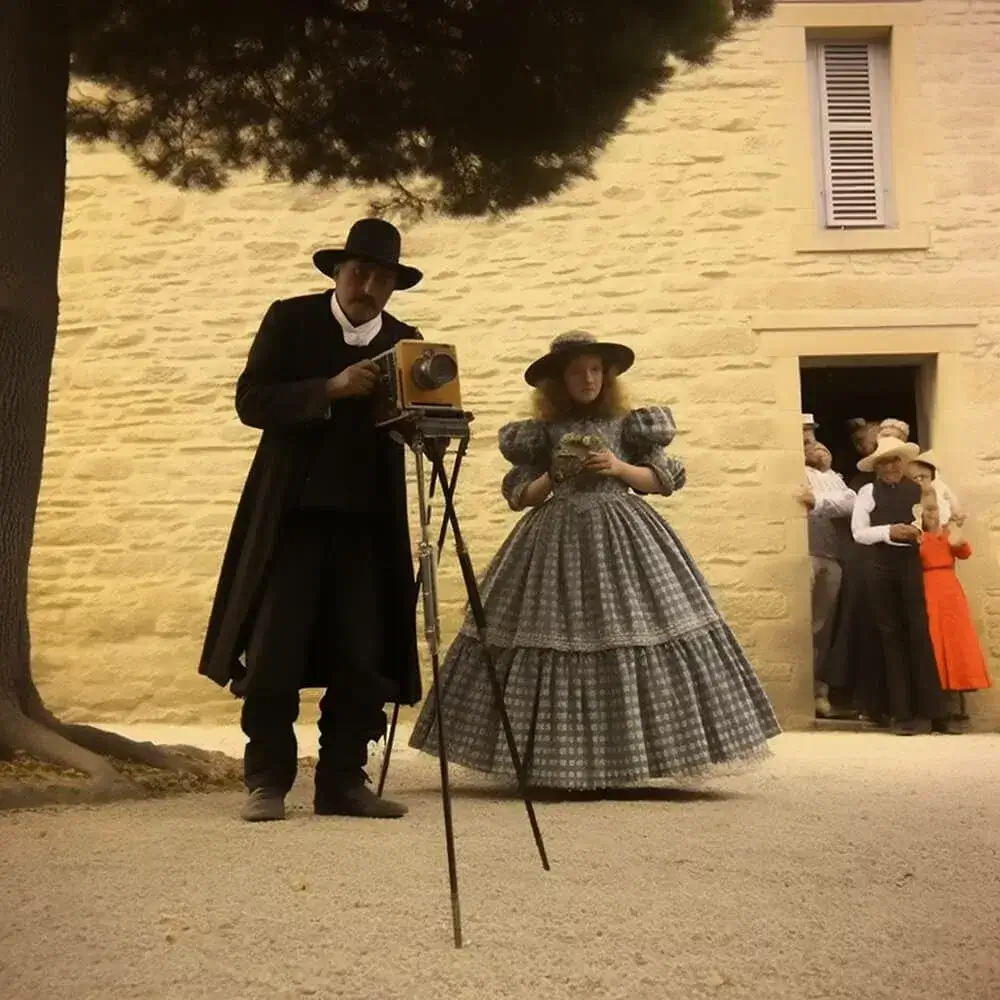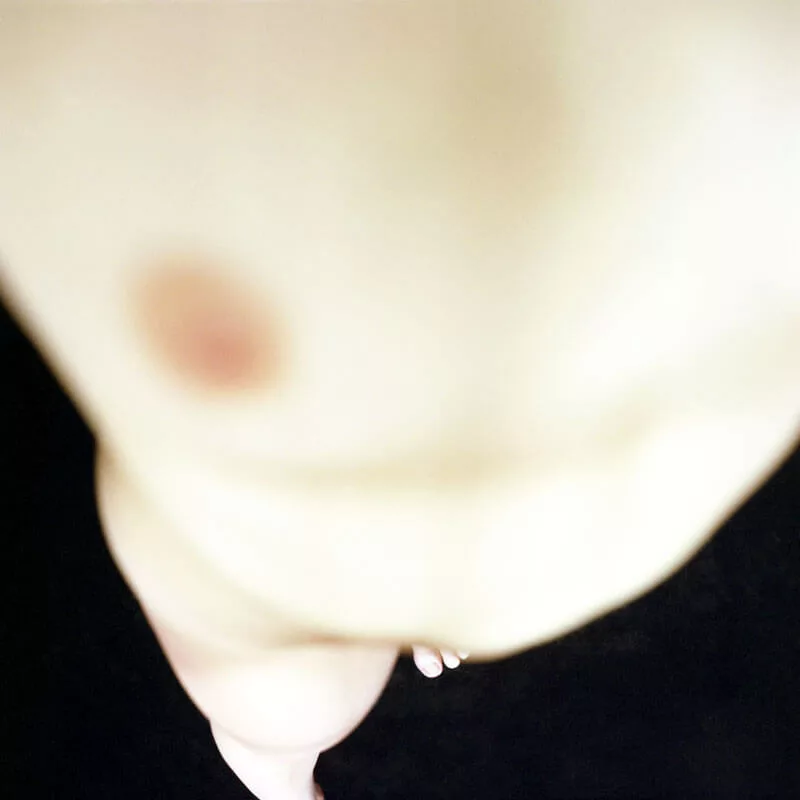Voici ici, différents Accrochages et textes présentant les travaux réalisés entre 1999 et aujourd’hui. De plus, découvrez une variété de textes, soigneusement collectés au fil du temps.
À travers les Accrochages et textes solo
2015
Mother and Daughter II – Art Galerie, Siegen, Allemagne, Commissariat Helga & Thomas Kellner.
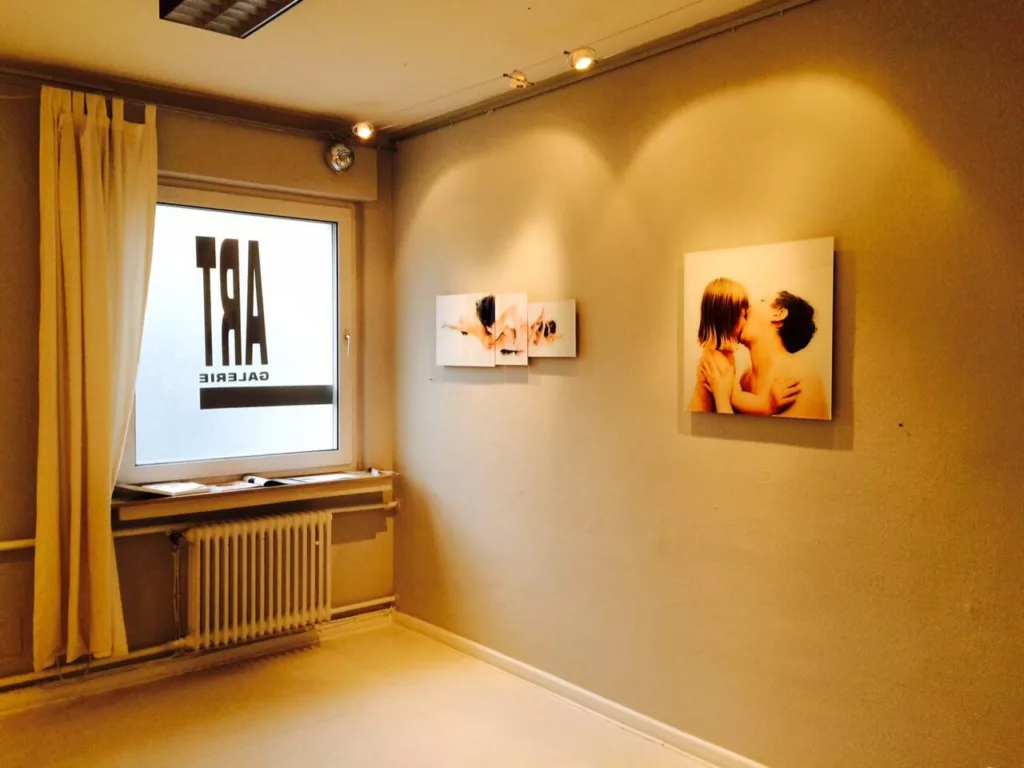
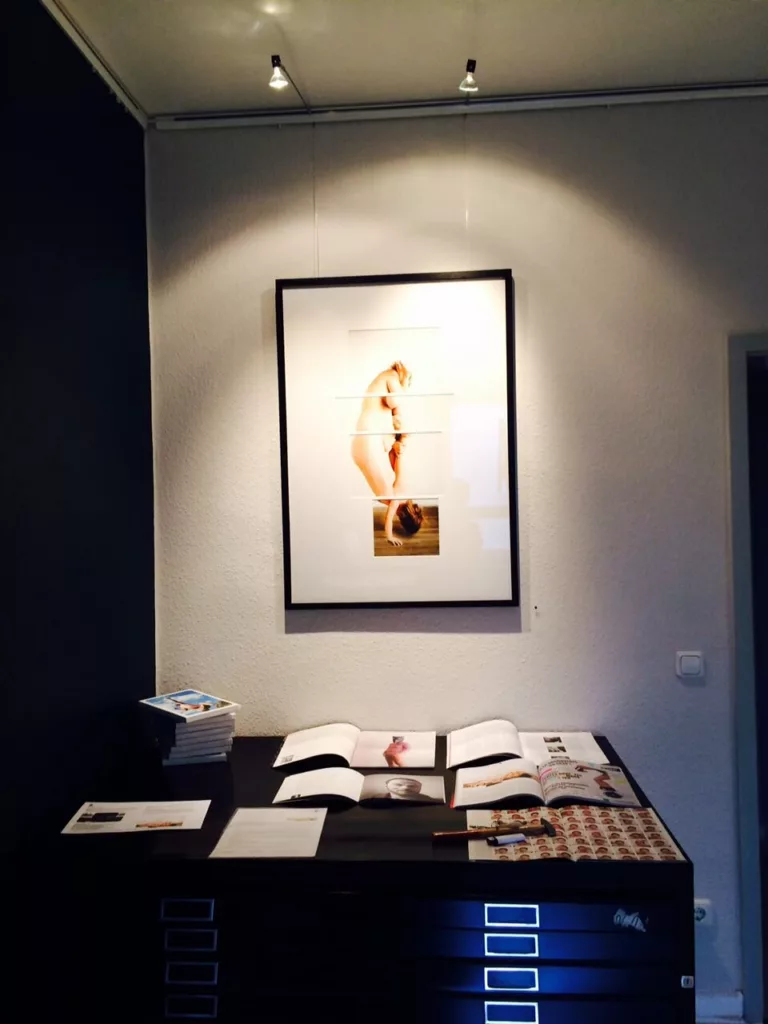


Christoph Tannert About Mother and Daugther II
Diane Ducruet’s work is characterized by her desire to query photography together with society. She has found her way of expressing herself with her unmistakable sense that allows us to see everyday life, especially the familiar atmosphere, in a new way. Since many of her images are remarkably suggestive even though they constantly shift conventional standards from the way they are set up, the observer follows the interlaced, occasionally absurd, and deconstructed paths.
Nevertheless,
the observer recognizes the central theme just by glancing at this patchwork of motherly love, physicality, extracts, montage, gestures, and the playing with shapes and materials. And so it cannot be overlooked that the image concepts of Ducruet’s self-portraits and the works of her « Family Album » are part of the intellectual effects and the expansion of themes circling around gender identity, on the one hand around the fragmentation of the I and, on the other hand, around the vision of a full life.
Ducruet shows us the cracks
in the human mask we display. She plays a picturesque game with body axis and body centers, thereby driving decentralization, flexibility and fragmentation of the private as part of the public forward and vice-versa. References to body art as well as the perseverance of art history stabilize her portfolio of images in this connection. What is unusual about these images lies in the interlaced mixture of antagonistic and yet wisely balanced building blocks of her compositional approach.
Diane Ducruet’s images
support themselves on meaningful indications in which everyone recognizes his or her own ghosts. Perhaps this is why the observer is spontaneously taken. In the images of the artist, we encounter the new, racing fragmentation of the world, which threatens to tear us into a labyrinth of chaos, which we face with desperate astonishment.
Christoph Tannert Historien de l’art et Critique d’art – Directeur artistique du Künstlerhaus Bethanien, Berlin
2008
Entre temps et vivants – Galerie Chambre à Part, Strasbourg, France.
2007
Galerie Wozownia, Torun , Pologne – Catalogue, Commissariat Krzysztof Jurecki.
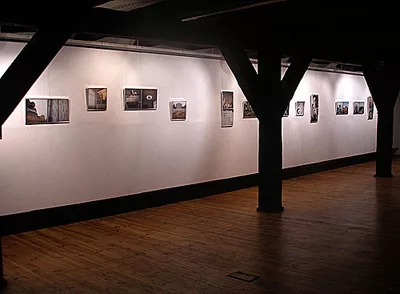
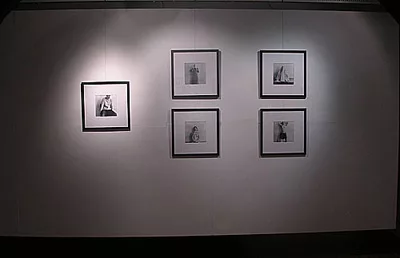

Galeria Art Photo, Czestochowa, Pologne, Commissariat Krzysztof Jurecki.
Sisyphae, Galerie du Belvédère, Niort, France.
Parcourir les accrochages Collectifs & textes
2019
Sisyphae, Librairie des Halles, Niort, France.
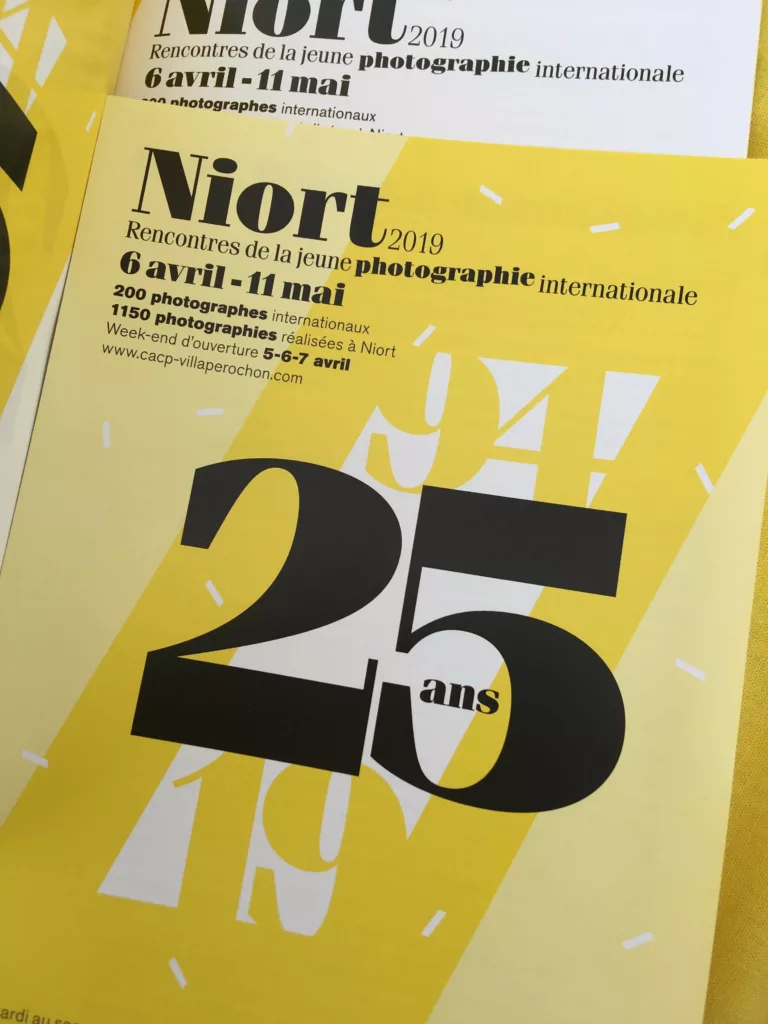

2018
You & Me – Künstlerhaus Bethaniens, Berlin, Allemagne, Commissariat Helga & Thomas Kellner.
2016
Rabenmütter Zwischen Kraft und Krise: Mütterbilder von 1900 bis heute – LENTOS Kunstmuseum Linz, Autriche, Commissariat Sabine Fellner, Elisabeth Nowak-Thaller und Stella Rollig.
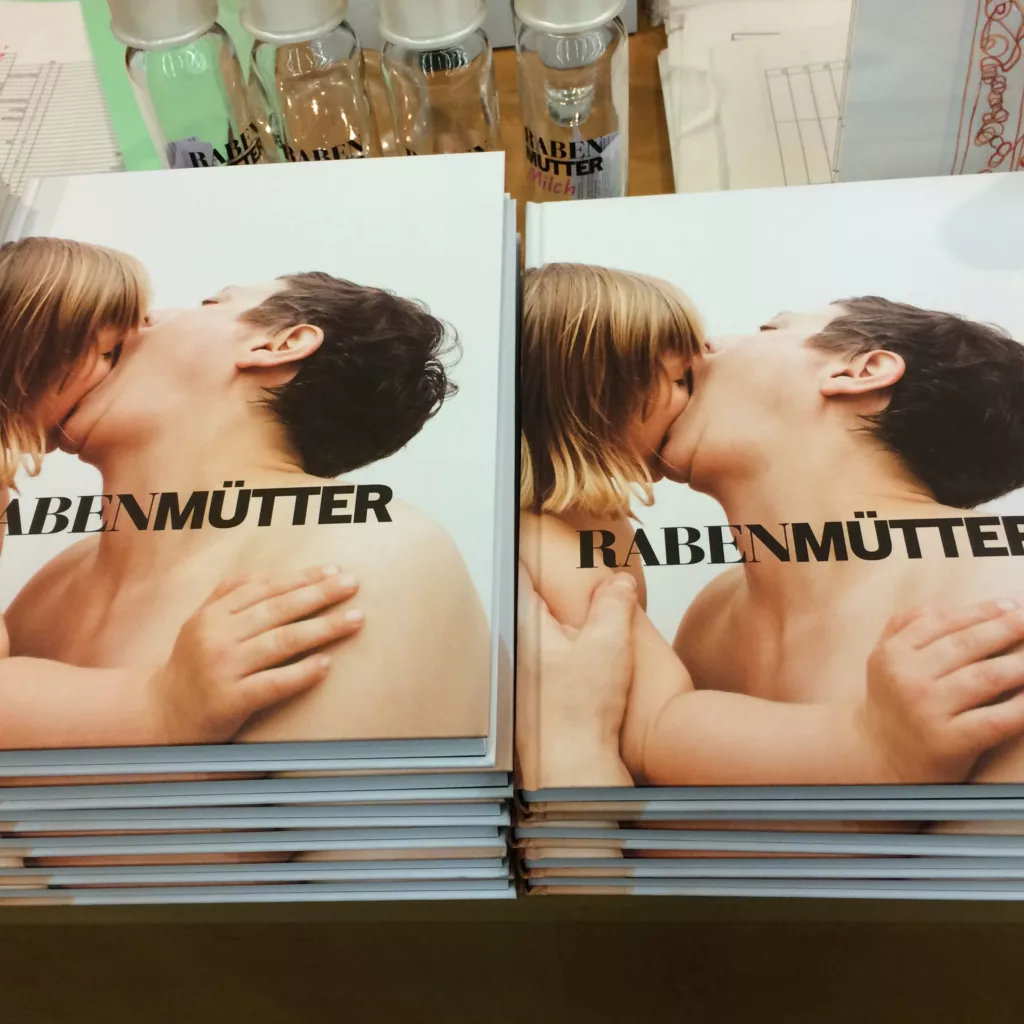
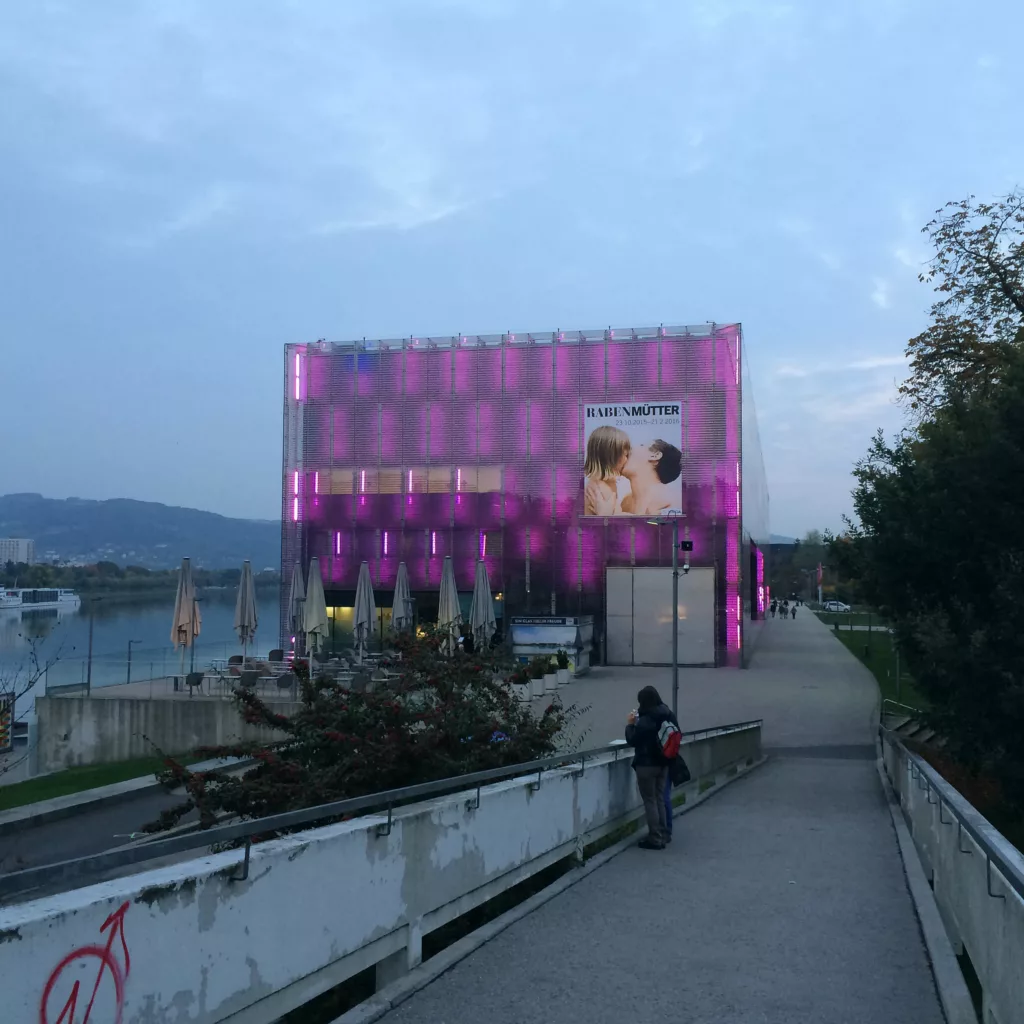
2010
Portraits de famille – Fondation Espace Écureuil, Toulouse, France, Commissariat Sylvie Corroler et Julie Rouge.



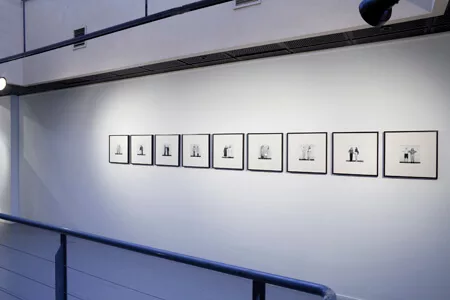
Nature Humaine / Opus 2 : « Je » – 14e Festival de la Quinzaine Photographique Nantaise, Le Lieu Unique, Nantes, France.

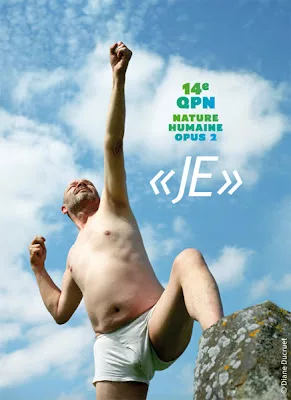
2008
Artist as a performer – Houston Center for Photography, Houston, USA – 2009
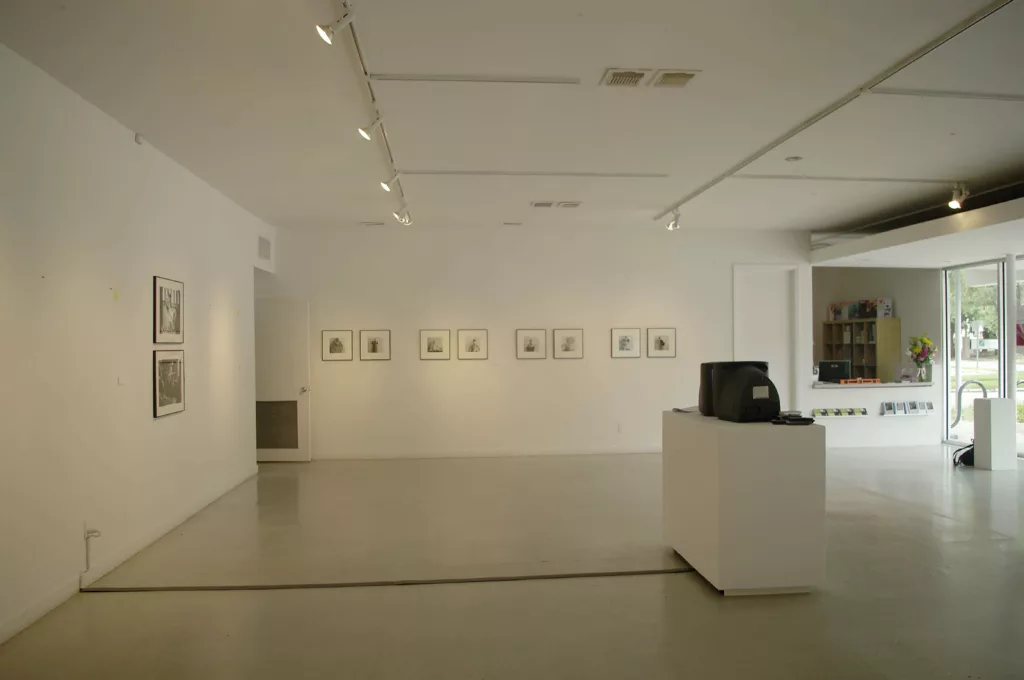


Festival Photo’08, Kaunas, Lithuania, Commissariat Mindaugas Kavaliauskas.
3 Frauen – Consulat belge, Cologne, Allemagne, Commissariat Fabrice Wagner.


Photographers: network, Siegen, Allemagne, Commissariat Thomas Kellner.
Dialog – Month of photography – Gallery ArtBàzis, Budapest, Hongrie, Commissariat Zsolt Olaf Szamódy.
Mutations, Festival Off – Arles, France
Tracing Love 24/7, Magacin, Belgrade, Serbie
Obbiettivo donna, Officine Fotografiche, Rome, Italie, Commissariat Emilio D’Itri
2007
Chapalango, Art Galerie, Siegen, Commissariat Thomas Kellner.
Boutographies, Montpellier, France.
« Les Passagers – ou Pygmalion à l’envers » – Voies OFF, Arles, France.
2006
Imagine – Photographers: network, Siegen, Allemagne, Commissariat Thomas Kellner (ci-dessous)
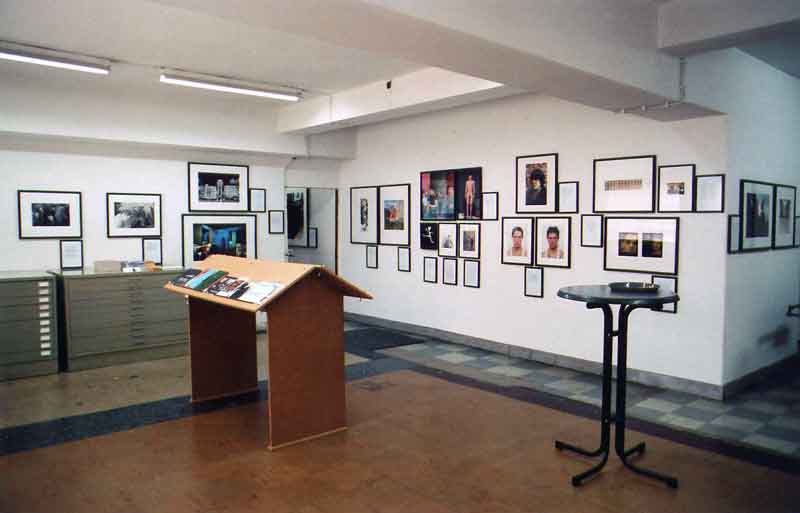
Purpose Live, Gallery Recyclart, Bruxelles, Belgique.
Pinup Exhibit, Humble Art Space, Brooklyn, NY, USA.
Tabou or not tabou, Biennale d’Arts Contemporain de Nîmes, France.
Face & Mask, Hellenic festival for Photography, Athènes, Grèce.
Erotismo Photografico, Rialto Sant’Ambrogio, Rome, Italie.
2005
Outskirts, Ho! Art Center, Londres, Royaume-Unis, Commissariat Heather Mc Donough.
2004
La Main, Lagalerie.be, Bruxelles, Belgique.
Face à Face, Festival de photographie du Mans, Le Mans, France.
2003
Résidents, Galerie du “Le Moulin du Roc”, Niort, France.
Corps@Corps, Lagalerie.be, Bruxelles, Belgique.
2002
Phase II, Lagalerie.be, Bruxelles, Belgique.
Photography festival of Skopelos, Grèce.
1999
Festival Off – Arles, France.
Accrochages et textes: Au gré des accrochages et collaborations à l’Atelier
2023
Avec « Chromatique sceptique », Rhyparographies et Félibrée avec sa série de dessins au feutre de Frédérick Ridacker.
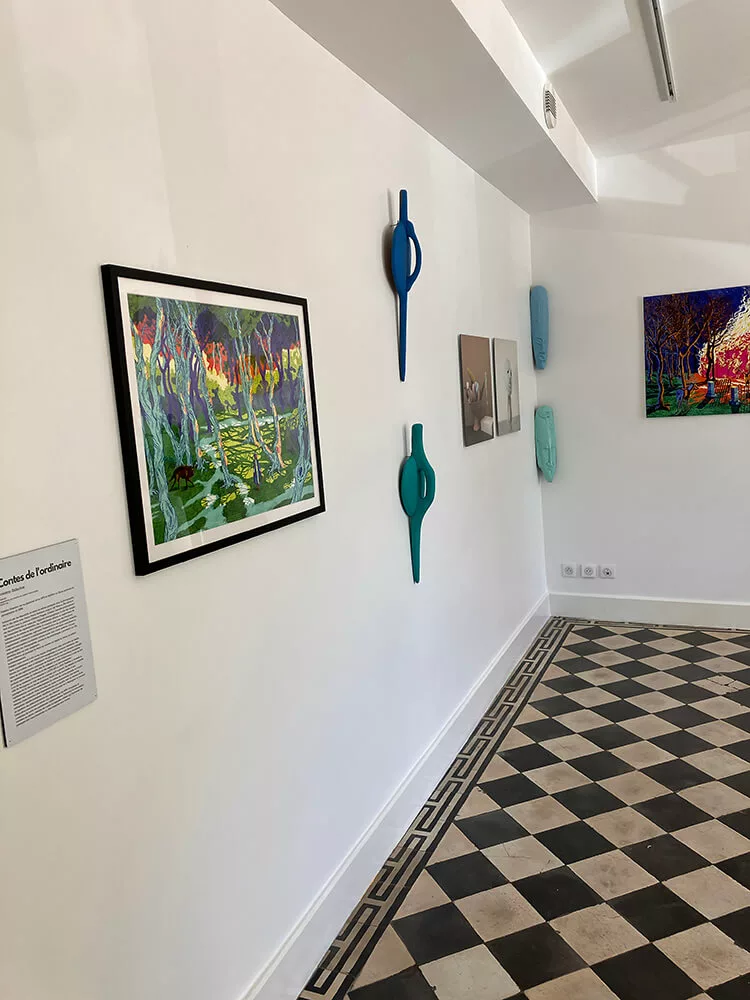
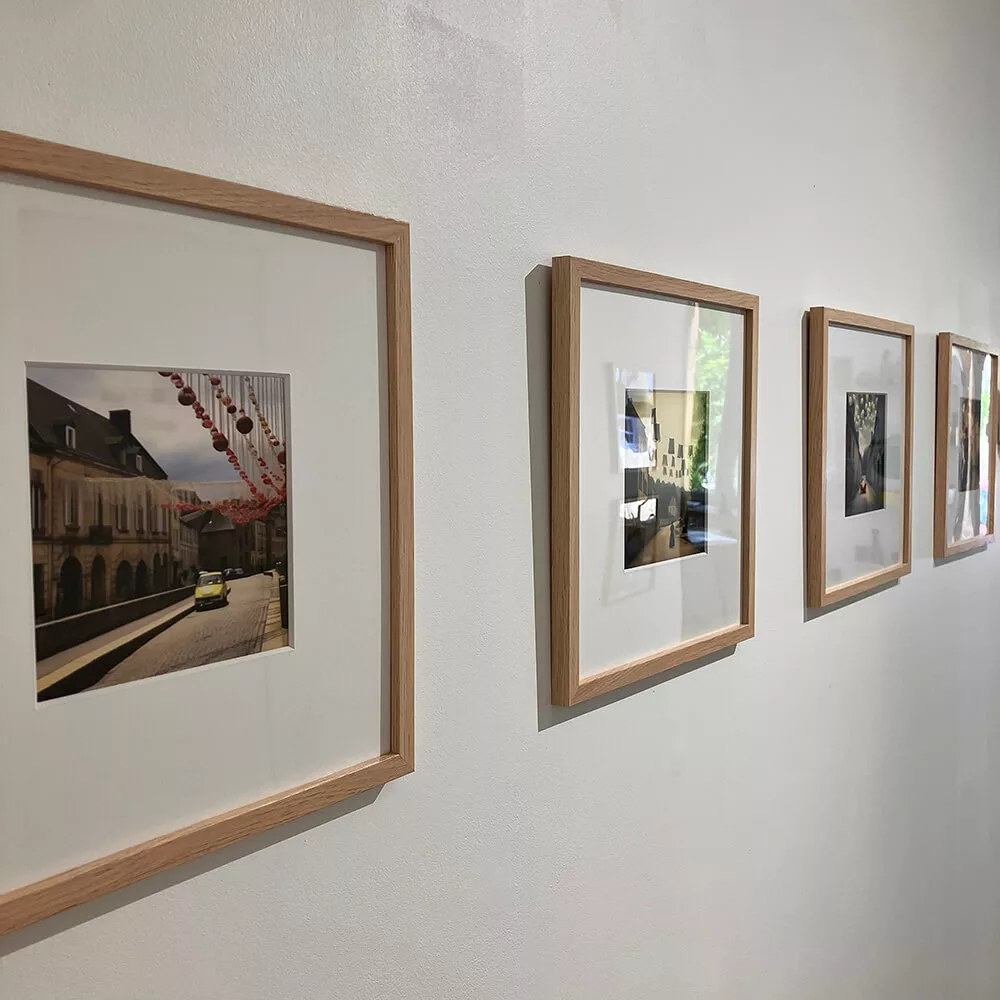
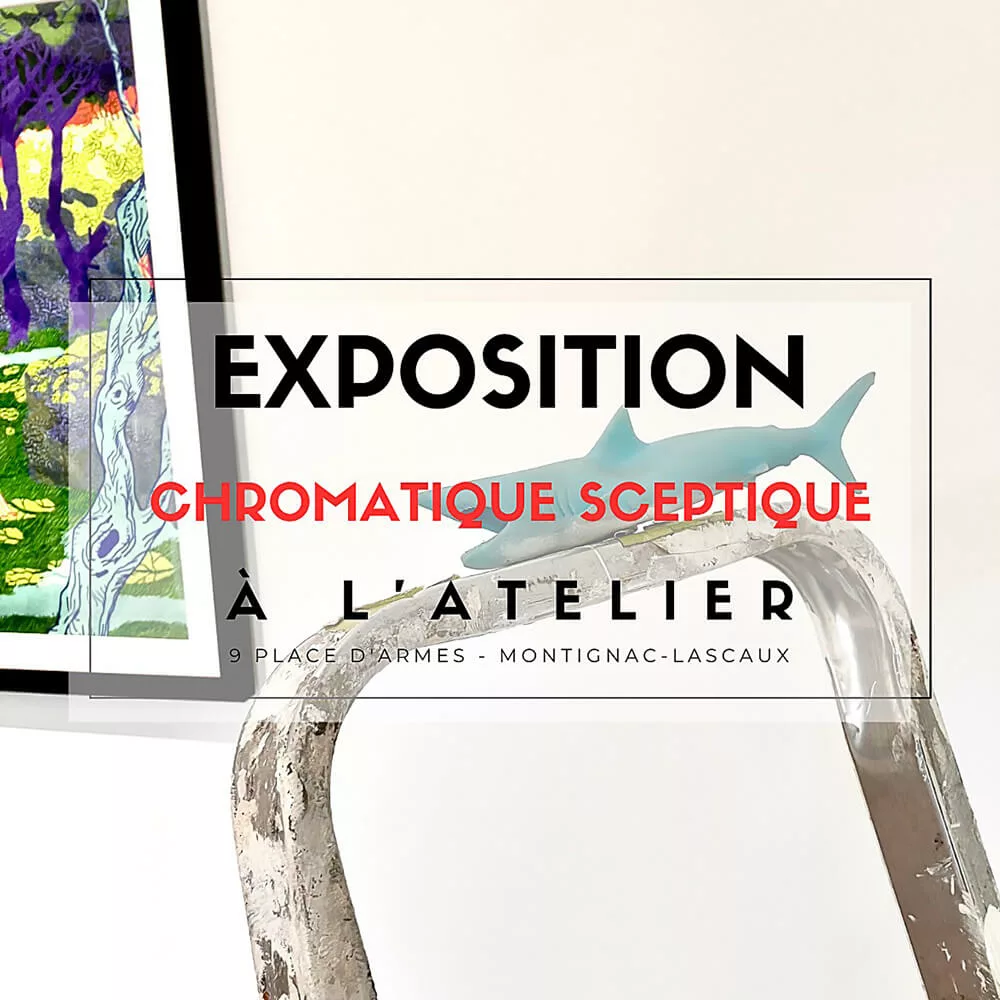

2021
Depuis « Itinéraires de l’oeil », Mother and daughter playing dough, avec la présentation de la collection de vues stéréoscopiques et de stéréoscopes de Philip Nolde.

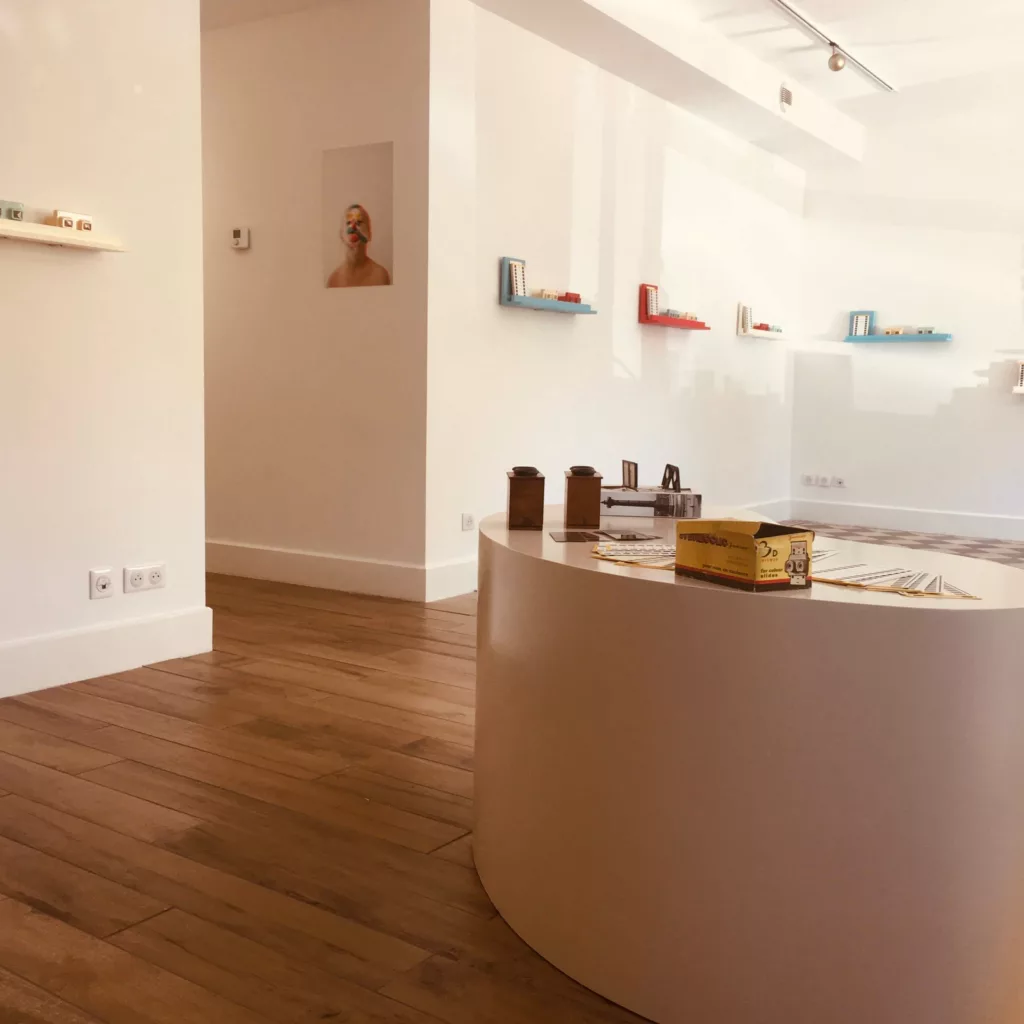
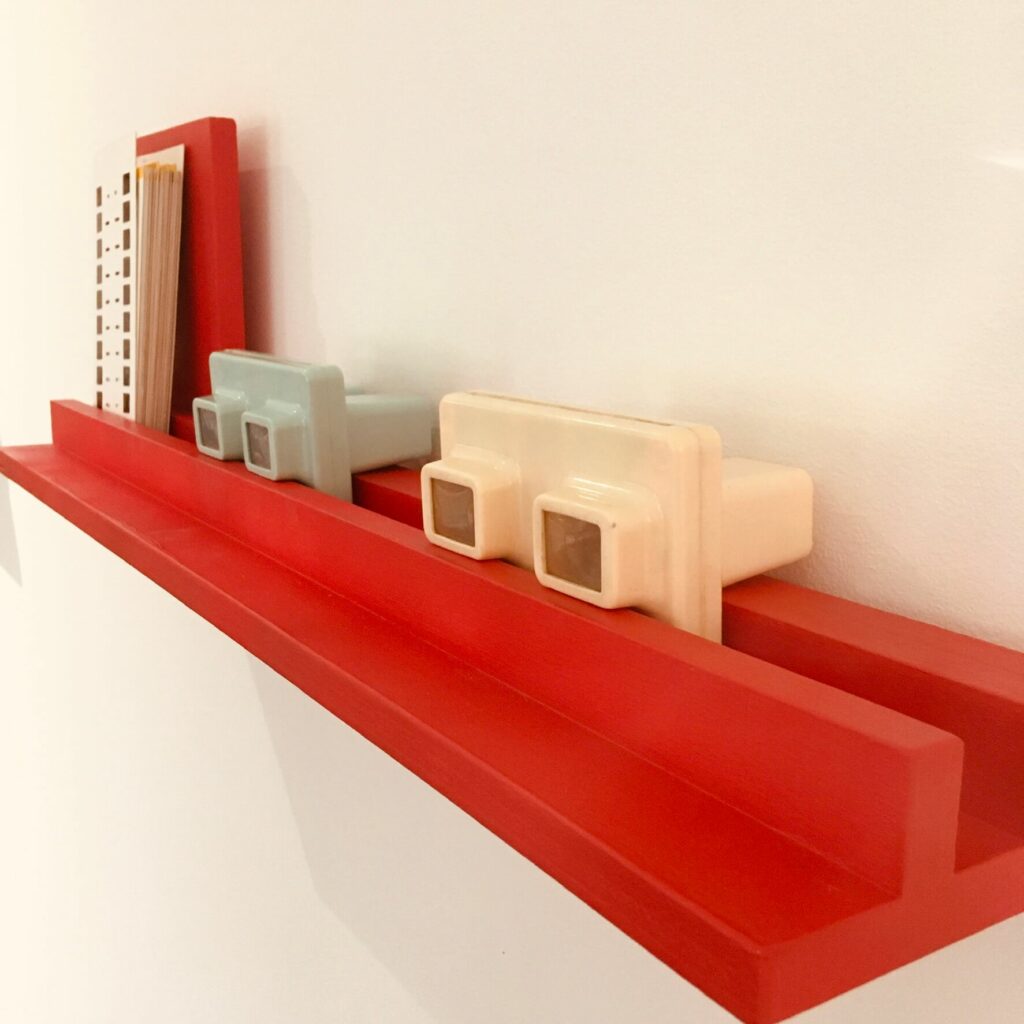

2020
À partir des Céramiques de Cécile Vazeille et photographies de Diane Ducruet.


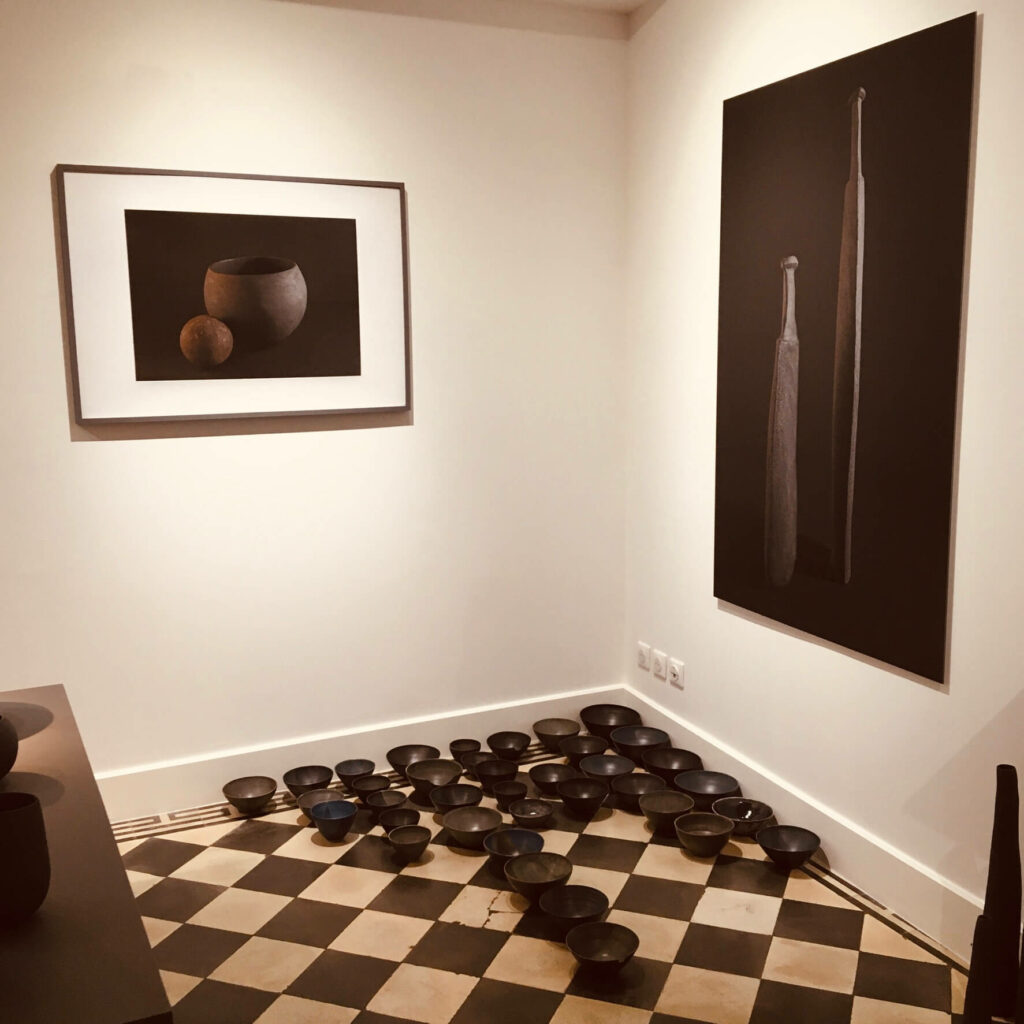

2019
Avec Mother and Daughter II et série de dessins de Frédérick Ridacker.

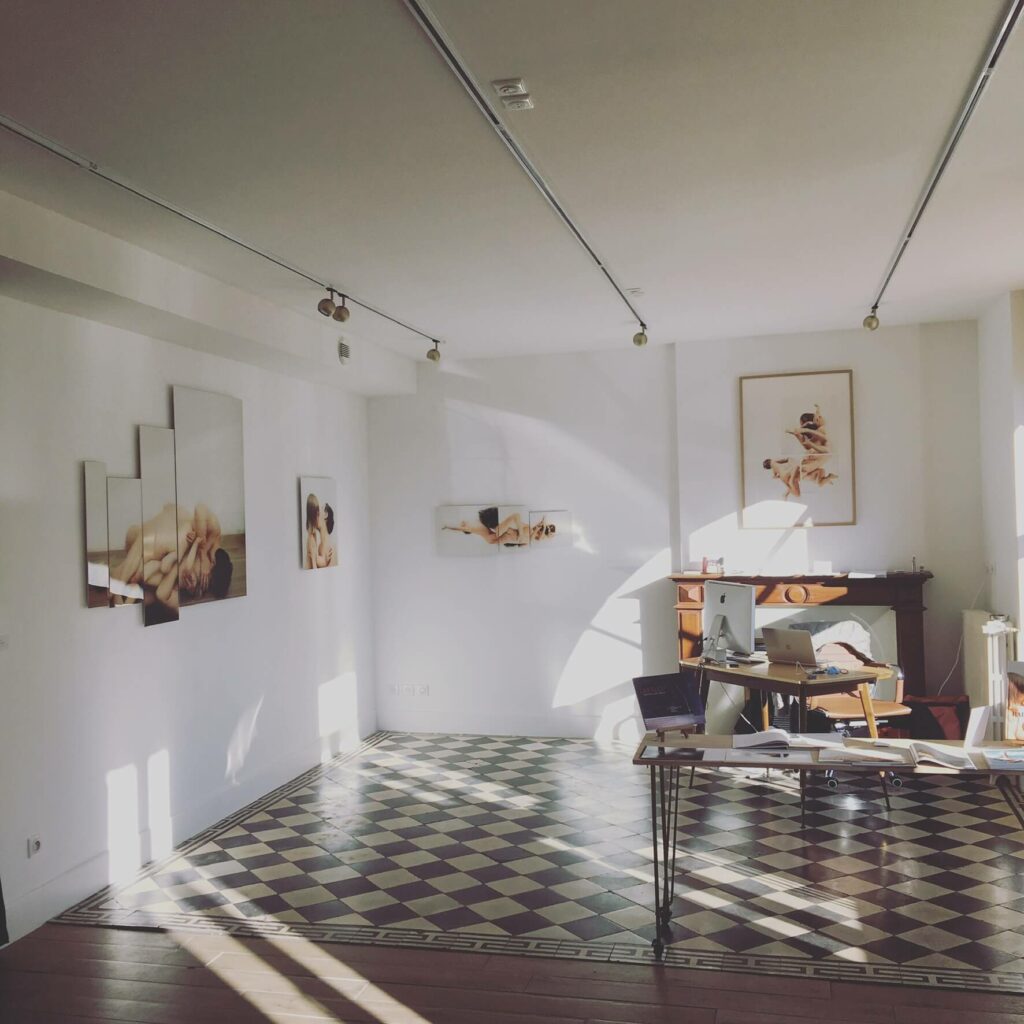


2018
Depuis Passengers + Concert Rinkhals pour l’Inauguration de l’Atelier, Septembre 2018.
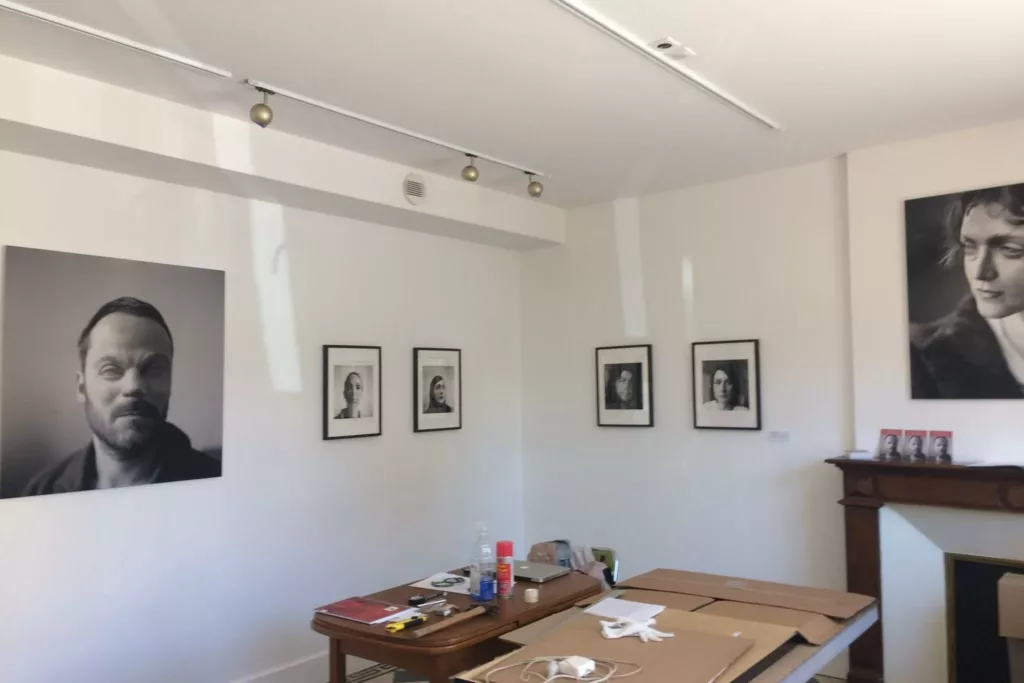
Accrochages et textes: À travers les textes et parutions
2015
Avec Chair Famille, pour NEXT/Libération, par Marie Ottavi.
Dans l’Entretien avec Diane Ducruet, photographe – Propos recueillis par Christophe Cartier, Visuel Image, Paris, France.
2011
Avec VIEW photography magazine, Texte de Jim Capser, Lens Culture.
2007
Texte de Krzysztof Jurecki, dans Kwartalnik Fotografia 22/2007
Texte en Anglais
The works by Diane Ducruet appear as a monumental project that, to some extent, is a substitute for traditional art, presenting art as life captured without dividing it into private matters, landscapes, or portraits. Perhaps this state could be described as the “post” life of a postman in the post-feminism aspect of post-art. A number of art critics and philosophers try to describe the situation as “after” or “post”. Zygmunt Bauman in his book Płynna nowoczesność (Liquid modernity) (Krakow 2006) has presented changes within modern society and a crisis of traditional distinctions concerning a family. To some extent these postulates concern also Diane’s works.
Self-portraits
She has been taking them since the mid-1980s. Grimaces, strange postures, and tomfoolery are the means to search for the artist’s “self” which is indefinable since it is changeable and slips out of all rules, including the tradition of works by Diane Arbus, and Cindy Sherman, but also perversion of body-art. Being a French, Muslim, or maybe a man > from the photograph by Robert Doisneau constitutes a search analogical to the one conducted by Henri de Toulouse-Lautrec and then Witkacy in their photographic self-portraits. Is it disguising the identity or dispensing with it? Each one of them played with photography and with its use was hiding his artistic and private identity.
But Diane’s photographs conceal archetypes of modern painting,
including Goya or Caravaggio, which serve not as a symbolic message, but as a knowingly reduced basis for creating a compositional draft of a picture. Interesting are remarks of Milou whose comments concerning her works can be found at her website. Very important are photographs in which Diane “plays” with her body, creating artistic forms from, for instance, her breasts. This is the tradition of body art; however, it is important for feminist art, e.g. Slovak Dorota Sadovska. Other self-portraits reveal the desire to be (at least for a moment) an angel, perhaps crucified, or a witch from Goya’s painting. Diane often changes convention so drastically that it is difficult to discover archetypes, which become disguised, hidden, and thus unclear, which is a positive distinguishing feature.
Does such a dressing up with no beginning and no end make sense? Yes, it does, since it expresses the only possible state of the present and of lasting, as we know nothing about the future. We are in the “post” time. In these photographs there is a lot of camouflaged information – we can guess at various citations, or maybe sampling. Are these images dramatic, or obsessive, or are they the result of putting on a mask, hiding one of several psychical identities? I am not able to answer this question. Perhaps there is no answer to it so far!?
Idiots
It is the continuation of self-portrait; however, it is in color. The face is masked and changed, also by the way of presenting works which involves multiplying an image.
Family album (since 1995)
It concerns the father, mother, and brother, who initially were captured in singular photographs. Later, photos of the father were presented in a tableau Father is dancing. Originally the works were entitled Dialog. They constitute fragments of paintings. Diane’s father was presented as St. Thomas from Caravaggio’s painting. Dialog consists of authentic but also acted-out scenes that refer to memory, a trace, as well as to vanishing. The images are full of melancholy – once young bodies fade, die slowly. They are full of sorrow, although deprived of fear and despair. It is also a dialog between the artist and her parents, not an easy dialog, but rather empty, theatrical gestures. However, large format photographs, unlike the previous ones, can make an impression with their importunity, entering the intimate world of parents’ relations. Nowadays everything undergoes the process of deconstruction, is being taken to pieces, rationalized, and deprived of any mystery.
Zoos and other series
These are reflections, fragments of reality, and uncertainty of the moment. An elephant strolling in a photograph, or rather in our imagination, for a moment, becomes a stone sculpture. An animal personifies and continues the iconography of people. A dog can be as sad as a human being, so its psychological condition can be depicted. That is why in other series pictures of animals are mixed up with portraits of people. Diane with ease moves on from one topic to another, although she tells about the same – about the lack of constant references, and lack of distance to people and events, since everything is covered by an unreal mist of fiction, fantasy, and real episodes. The situation is similar in the next series.
Undressed men
Male characters are exaggerated, and caricature-like, they remind of amateur photographs rather than criticism of consumer society by Diane Arbus from the 1960s. The series destroys the myth of a Renaissance man, developed and supported by modernity which attacked traditional values.
Post-feminist state
It seemed to me that Diane’s works followed the path of belligerent feminism of the 1970s or 1980s represented by Marina Abramowic, Natalia LL, or Orlan. However, they are more complicated. On one hand, the whole culture, and thus art, expresses such leftist postulates, e.g. Pedro Almodovar, and on the other hand tries to modify them and combine them with religious spaces, including Gnostic, which was achieved probably only by Natalia LL. However, the young generation, to which Diane belongs, has experienced the victory of feminism, obviously limited to certain spheres and phenomena of culture and political life. That is why this state the artist herself calls the state “after”.
What does it mean? Diagnosing her own “psyche” and “bios”, analyzing faces, masks, body, but also family, and in a broader sense also the society she lives in, because in this way the series Zoos can be perceived. These works still attack status-quo, although make use of modern benefits offered by consumer civilization. For Diane art is an endless text, and her task is examining the grammar of the language of personal relations.
What does Diane depict?
She is aware of any fragment of the reality taking place either in Bratislava, Berlin, London, or any other place. Each manifestation of reality is potentially important for her, even if it is seemingly trivial. Out of each situation, she creates an image in her own, usually pessimistic style. In her works, just like in works by Arbus, the state of reflection upon the situation of a human being prevails; a reflection which is also melancholy understood as sorrow and grief (but not despair) because of vanishing beauty, or the lack of it.
Diane’s world is very pessimistic, decadent, and maybe a little egocentric, but also familiar, as it expresses the state of searching and waiting. Although it is unclear what and whom is being searched for and awaited. The religiousness of her artistic vision has been reduced to the minimum, to iconographic patterns only, and it does not concern the myth any longer. On the other hand, however, these photographs evoke compassion for everything that vanishes, what is transient and fragile, just like life.
Krzysztof Jurecki, pour Kwartalnik Fotografia 22/2007
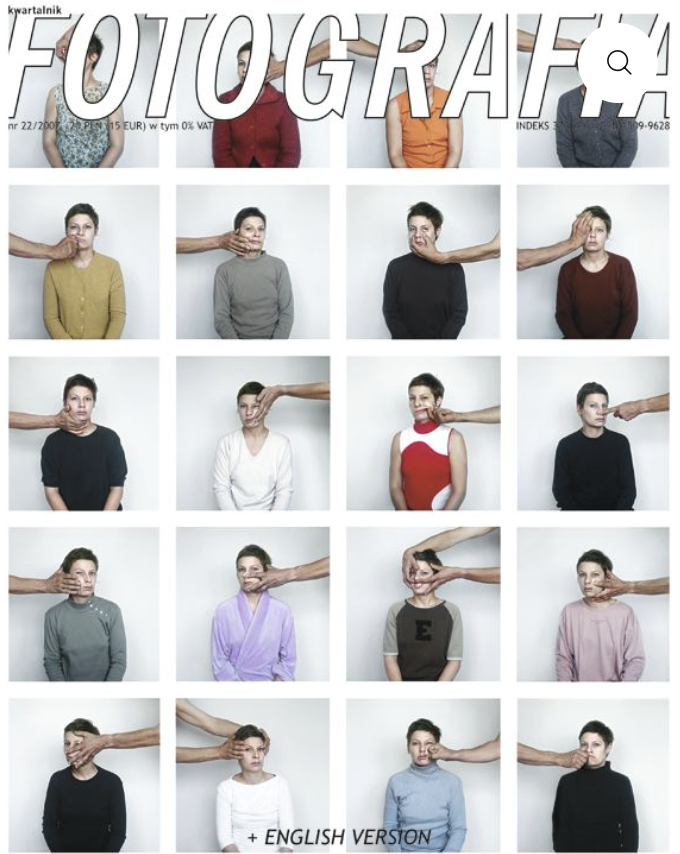
2006
« Father and Daughter », “The flesh of my flesh”, Magenta Foundation’s magazine, texte de Stéphanie Gibson.
Purpose, texte de Milou
Éclairage sur les rencontres
2019
9eme Grande conversation MCH – Echanges croisés – Maison de la culture du Havre, Le Volcan, Le Havre, France.
